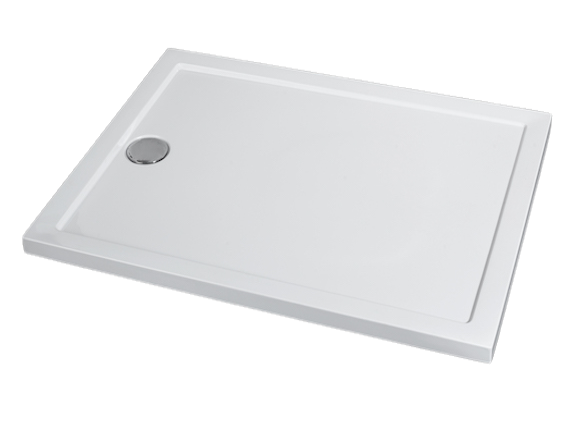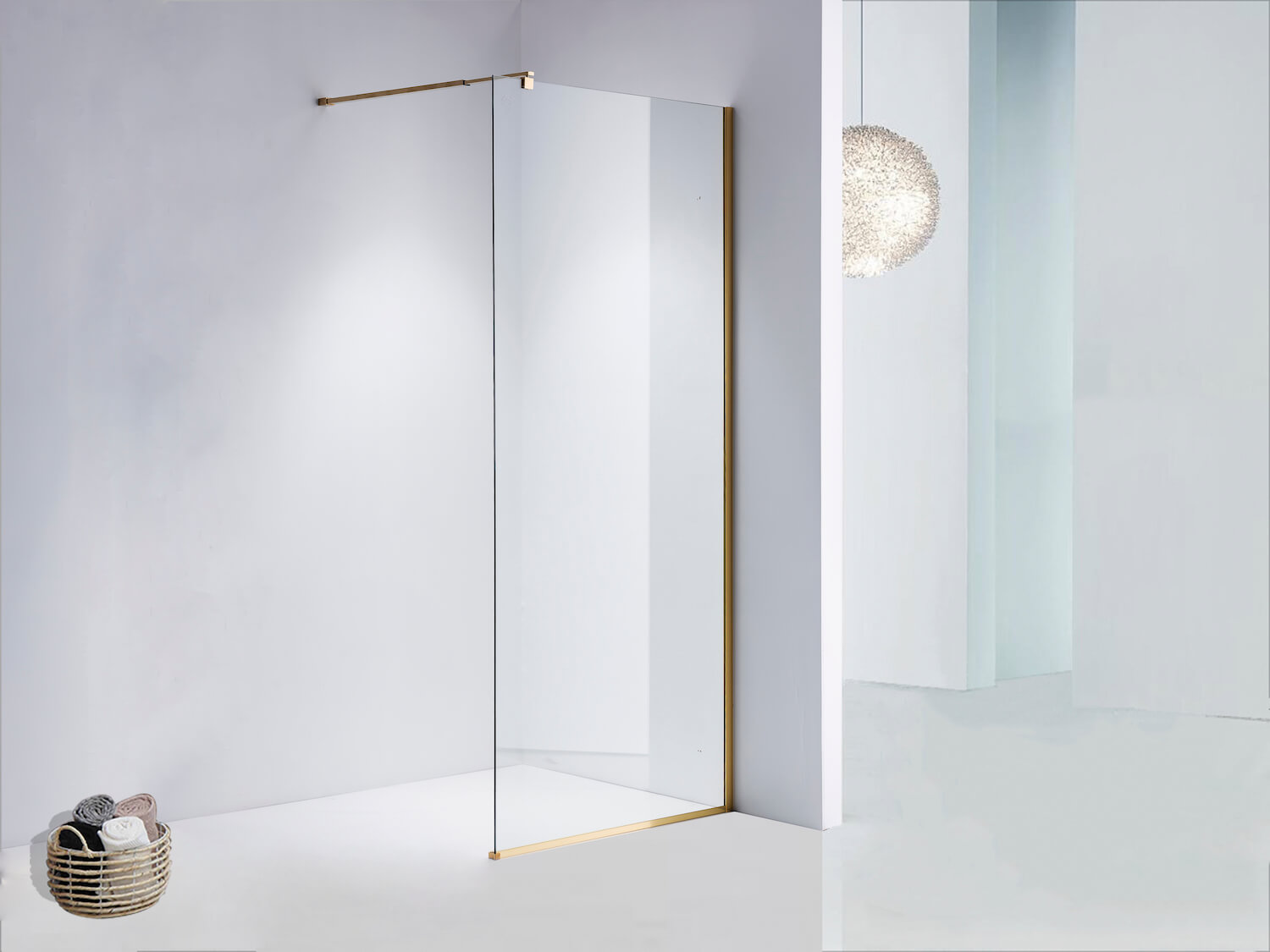Should You Install a Shower Tray or Not? A Comprehensive Guide
When it comes to designing or renovating a bathroom, one of the most critical decisions you’ll make is whether to include a shower tray. This choice significantly affects not only the aesthetics of your bathroom but also its functionality and long-term maintenance. While the decision might seem straightforward at first, there are several factors to consider before determining what’s best for your space. In this article, we’ll delve into the advantages and disadvantages of installing a shower tray, and explore whether opting for a wet room might be the better choice for you.
Understanding Shower Trays: What Are They?
A shower tray is a pre-formed base that sits beneath your shower enclosure, designed to catch and direct water into the drain. Shower trays are typically made from durable materials such as acrylic, stone resin, or ceramic, and come in various shapes, sizes, and styles. They are a popular choice in modern bathrooms due to their ability to contain water within a defined area, preventing spills and leaks.
But is a shower tray always the best choice? To answer this, let’s look at both sides of the argument.
Advantages of Installing a Shower Tray
1. Superior Water Containment
The primary function of a shower tray is to contain water within a specific area, ensuring it flows directly into the drain. This is particularly beneficial in smaller bathrooms where water spillage can quickly lead to a mess. A well-installed shower tray reduces the risk of water damage to floors and surrounding areas, which can be costly to repair over time. If your bathroom flooring is made of materials susceptible to water damage, such as wood or laminate, a shower tray offers an extra layer of protection.
2. Simplified Installation Process
Shower trays come pre-formed and are relatively easy to install compared to constructing a custom wet room. For those looking for a hassle-free renovation, a shower tray offers a straightforward solution. It eliminates the need for complex waterproofing and drainage systems, making it an ideal choice for DIY enthusiasts or those working within tight time constraints. Moreover, with the abundance of options available on the market, you can find a tray that fits your shower area perfectly, avoiding the need for extensive modifications.
3. Versatility in Design and Material
Shower trays are available in a vast array of designs, materials, and finishes. Whether you prefer a minimalist, sleek look or a more traditional design, there’s likely a shower tray that aligns with your vision. You can choose from low-profile trays that sit almost flush with the floor, or deeper trays for a more classic look. The material choice also plays a significant role in both aesthetics and functionality. Stone resin trays, for example, offer a luxurious, solid feel underfoot, while acrylic trays are lightweight and more affordable.
4. Cost-Effective Solution
In general, installing a shower tray is more cost-effective than creating a custom wet room. The materials and labor required for a tray installation are typically less expensive, making it a popular choice for budget-conscious homeowners. Additionally, because shower trays are pre-manufactured, there’s less risk of installation errors that could lead to costly repairs down the line.

Disadvantages of Using a Shower Tray
1. Aesthetic Limitations
While there are many design options available, shower trays inherently create a separation between the shower area and the rest of the bathroom. This can interrupt the flow of the room, particularly in bathrooms where a seamless, open-plan design is desired. For those looking to create a spa-like atmosphere with a continuous floor surface, a shower tray may feel like an unnecessary visual barrier.
2. Accessibility Challenges
Shower trays, particularly those with raised edges, can present a challenge for individuals with mobility issues. Stepping over the edge of a tray can be difficult for the elderly or those with physical limitations, making it less suitable for homes that need to cater to all ages and abilities. While low-profile trays mitigate this issue to some extent, they still do not offer the same level of accessibility as a barrier-free wet room.
3. Fixed Layout and Size Constraints
Shower trays are available in many sizes, but they are not infinitely customizable. This can be a limitation if you have an irregularly shaped bathroom or specific spatial requirements. The fixed dimensions of a tray might not always align with your design vision, forcing you to compromise on the layout or overall look of your bathroom. In contrast, a wet room can be tailored to fit almost any space, giving you more flexibility in terms of design and layout.
Exploring the Alternative: Going Trayless with a Wet Room
If the idea of a shower tray doesn’t quite align with your design goals, you might want to consider the alternative: a wet room. A wet room is a completely waterproofed bathroom space where the shower area is flush with the rest of the floor, eliminating the need for a separate shower tray.
1. Seamless, Modern Aesthetic
One of the most compelling reasons to choose a wet room is the seamless, open-plan aesthetic it offers. Without the visual interruption of a shower tray, the floor can flow continuously from wall to wall, creating a sleek, modern look that is highly sought after in contemporary bathroom design. This design choice can make a small bathroom appear larger and more cohesive, enhancing the overall sense of space.
2. Enhanced Accessibility
Wet rooms are particularly beneficial for those with mobility issues. By eliminating the need to step over a tray edge, wet rooms offer easy, barrier-free access to the shower, making them a practical choice for aging homeowners or individuals with disabilities. This design also accommodates the use of wheelchairs or other mobility aids, providing a safer and more inclusive environment.
3. Greater Design Flexibility
Choosing to go trayless opens up a world of possibilities in terms of design. With a wet room, you are not confined by the dimensions of a pre-manufactured tray, allowing you to tailor the shower area to your exact specifications. Whether you want a large, open shower space or a more compact, efficient layout, a wet room can be customized to suit your needs. Additionally, wet rooms allow for the use of various floor materials, such as tiles or natural stone, which can be extended throughout the bathroom for a unified look.

Challenges of Going Trayless
1. Complex Installation and Higher Costs
While wet rooms offer numerous advantages, they do come with some challenges, particularly during installation. Wet rooms require extensive waterproofing (also known as tanking) to ensure that water does not seep into the floor or walls, which can be a complex and costly process. The need for specialized materials and labor can make a wet room more expensive to install compared to a standard shower tray.
2. Potential Water Containment Issues
Without a shower tray to contain the water, wet rooms rely on the slope of the floor and drainage system to manage water flow. If not properly installed, there’s a risk of water pooling or escaping into areas where it shouldn’t, potentially causing damage to your bathroom and surrounding areas. Regular maintenance is also required to ensure the drainage system remains effective.
3. Requires Adequate Space
Wet rooms typically require more space than a standard shower tray setup, as the shower area is not confined to a specific boundary. In smaller bathrooms, this can be a disadvantage, as it might reduce the available dry areas, making the entire space prone to moisture. Proper ventilation and strategic design are essential to mitigate these issues.
Conclusion: Making the Right Choice for Your Bathroom
The decision to install a shower tray or go trayless with a wet room ultimately depends on your specific needs, preferences, and the unique characteristics of your bathroom. If you value water containment, ease of installation, and cost-effectiveness, a shower tray may be the ideal choice for you. On the other hand, if you’re aiming for a modern, seamless look with enhanced accessibility and design flexibility, a wet room could be the better option.
Carefully weigh the pros and cons of each option, and consider consulting with a professional to ensure your bathroom design not only meets your aesthetic goals but also functions efficiently in the long term. Whichever route you choose, prioritizing both style and practicality will help you create a bathroom space that is both beautiful and functional for years to come.
